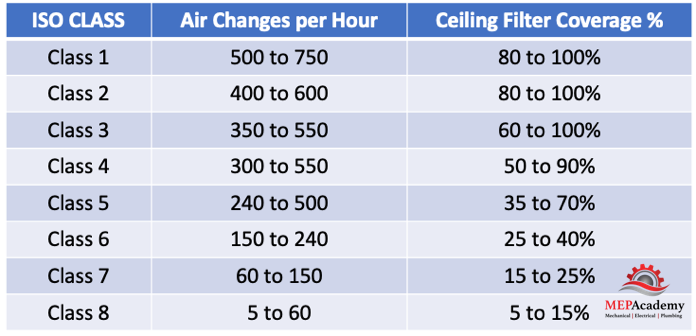

as the minimum ventilation rates in residential buildings in order to provide IAQ that is acceptable to human occupants and that minimizes adverse health effects. ASHRAE (formerly called the American Society of Heating, Refrigerating and Air-Conditioning Engineers) recommends (in its Standard 62.2-2016, "Ventilation and Acceptable Indoor Air Quality in Residential Buildings") that homes receive 0.35 air changes per hour but not less than 15 cubic feet of air per minute (cfm) per person. The rate at which outdoor air replaces indoor air is described as the air exchange rate. Increasing the amount of outdoor air coming into the building helps to control pollutant levels, odors, temperature, humidity and other factors that can impact the health and comfort of building occupants. It is important to have proper ventilation and extraction in bathrooms to prevent the buildup of moisture, which can lead to mould and other problems.Indoor Air Quality (IAQ) refers to the air quality within and around buildings and structures, especially as it relates to the health and comfort of building occupants. This is the minimum requirement set by the Building Regulations Part F and is based on the size of the bathroom.įor bathrooms that are smaller than 6 square meters, the minimum extraction rate is 15 l/s.įor larger bathrooms, an additional 3 L/s is required for every square meter over 6 square meters. The minimum extraction rate for a bathroom in the UK is 15 litres per second (l/s) or 54 cubic meters per hour (m³/h). What is the minimum extraction rate for a bathroom? This means the fan needs to be able to extract 120 cubic meters of air per hour to effectively ventilate the bathroom. If you want to achieve 8 air changes per hour, the extraction rate would be 120 m3/hr (15 x 8). How do you calculate the extraction rate?Īside from using our extraction rate calculator, you can use the following formula:Įxtraction rate (m3/hr) = room volume (m3) x recommended air changes per hour.įor example, if your bathroom is 3 meters long, 2 meters wide, and 2.5 meters high, the volume would be 15 cubic meters. You can take a look at the earlier table for some inspiration and ideas. Now that you have run the calculator and worked out what extraction rate you need from an extractor fan, you simply look for a decent model that has this extraction rate. If you do still want to use this calculator, use the output or calculation as a minimum requirement for your kitchen. Owing to this, a more optimal solution may be a cooker hood. Kitchens typically require a larger, more powerful extractor fan, due to all the cooking and humidity caused by an oven or hob. Yes, you can use this calculator for your kitchen. Nameįrequently Asked Questions (FAQs) Can I use this extraction rate calculator for my kitchen?

To give you an idea of different extraction rates, we have put together a table below of the most popular extractor fans, together with their extraction rates, to help you decide which extractor fan you need. If your bathroom only has a toilet, a window will do.This is because new builds are airtight, so natural ventilation is usually lower. If you have a bath and a shower, you’ll need an extractor fan.You can do this by either having a window or an extractor fan. To keep a UK bathroom fresh and healthy, it needs proper ventilation.For best results, aim for 15 litres per second or 54 m3 per hour of ventilation in your bathroom.It is an extremely long document but the important points are as follows: The Building Regulations Document F includes regulations for how much ventilation your bathroom requires. What are the Regulations on Extraction Rate? Height (m): Width (m): Length (m): Calculate


 0 kommentar(er)
0 kommentar(er)
